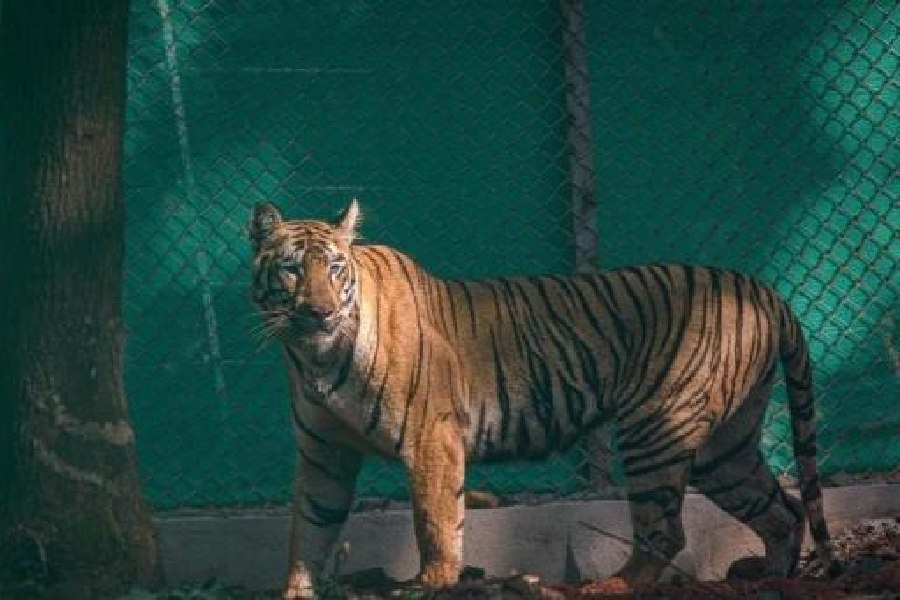On a day the world is meant to celebrate nature’s diversity, India saw two dramatically different tiger headlines — one cautiously hopeful, the other brutally tragic.
In Gujarat’s Ratanmahal Sanctuary, a lone Royal Bengal Tiger has stirred excitement among wildlife experts and forest officials.
The tiger, believed to be around five years old, has been sighted multiple times over the past three months in the fringe areas of the sanctuary in Dahod district, near the Madhya Pradesh border.
Officials say the tiger likely wandered in from the neighbouring Jhabua and Kathiwada forests, both known tiger habitats.
“It may be searching for new territory due to the rise in tiger numbers in Madhya Pradesh,” a senior forest officer told The Indian Express. However, they added that the animal is yet to show definitive signs of territory-marking behaviour in Gujarat.
“If confirmed, this would be the first tiger to claim territory in Gujarat since the 1980s,” said the official, underlining the significance of the sightings.
In stark contrast, in Golaghat district of Assam, a Royal Bengal Tiger met a brutal end at the hands of a mob.
The tiger, which had allegedly attacked a few villagers over the past couple of days, was cornered and killed in Dumukhia village in the Khumtai area on Thursday.
Villagers reportedly surrounded the animal and attacked it with sticks, rods, and machetes. Forest officials later recovered the carcass, but not before some body parts, including a leg, skin, and meat, had been taken.
“The locals believed it was a man-eater,” said a forest department official. “We are investigating the incident.”
The two episodes, one symbolising fragile hope for tiger repopulation, the other underscoring human-wildlife conflict, played out even as the world marks the International Day for Biological Diversity.
This year’s theme, ‘Harmony with Nature and Sustainable Development’, calls for a renewed focus on preserving biodiversity as a cornerstone of achieving the Sustainable Development Goals (SDGs).
But for India’s national animal, the path to harmony seems to remain fraught with both possibility and peril.
India’s growing tiger population adds vital context to both incidents. According to the All India Tiger Estimation 2022, the country is now home to an estimated 3,682 tigers — a sharp rise from 2,967 in 2018 and 2,226 in 2014.
In January 2025, scientists confirmed that tiger numbers have doubled since 2010, despite India hosting only 18% of the world’s tiger habitat. Today, the country supports nearly 75% of the global tiger population.










